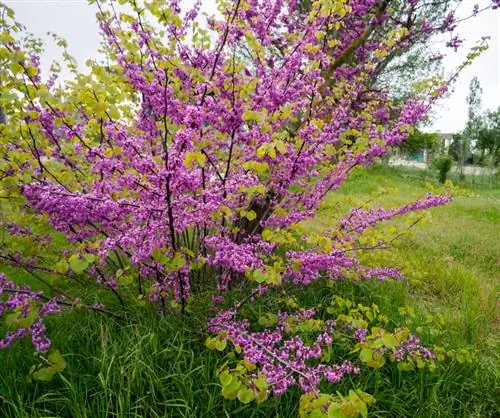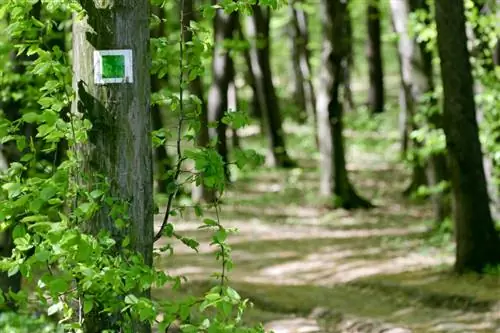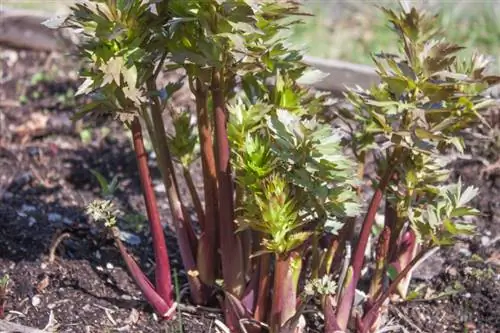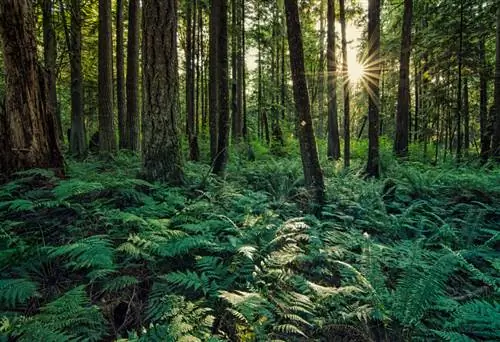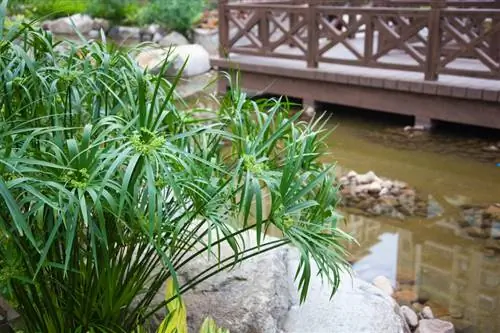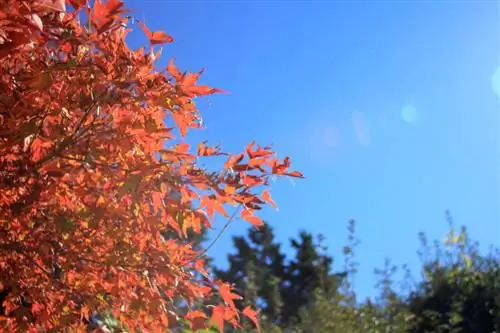- Author admin [email protected].
- Public 2023-12-16 16:46.
- Last modified 2025-01-23 11:20.
The Judas tree (Cercis siliquastrum), so called because of its leaves reminiscent of the biblical pieces of silver, is an impressive and unusual flowering plant. The attractive tree, which usually blooms pink or white in spring, is one of the ancestral flowers because its beautiful flowers sprout not only from the young wood, but also from older branches and even the trunk.

Which location is optimal for the Judas tree?
The ideal location for the Judas tree (Cercis siliquastrum) is a south-facing, warm, sunny and protected place in the garden. The soil should be permeable, calcareous and rather dry, but it also tolerates humic, neutral to slightly acidic soils.
Location depends on the species
Basically, the Judas tree is one of the plants that prefer a warm, sunny and protected location. However, the heat- and sun-hungry tree is divided into different types, all of which react slightly differently to cold. The Chinese Judas tree (Cercis chinensis) and Canadian Judas tree (Cercis canadensis) are probably the least sensitive to frost and other winter inconveniences. However, you definitely can't go wrong with a south-facing spot in the garden.
Optimal soil conditions
The Judas tree also prefers calcareous and permeable soil, which should also be as dry as possible. Depending on the species and variety, the tree also tolerates humus-rich soils with a neutral to slightly acidic pH value.
Tip
The Judas tree is very easy to care for and usually does not need to be fertilized or watered.

